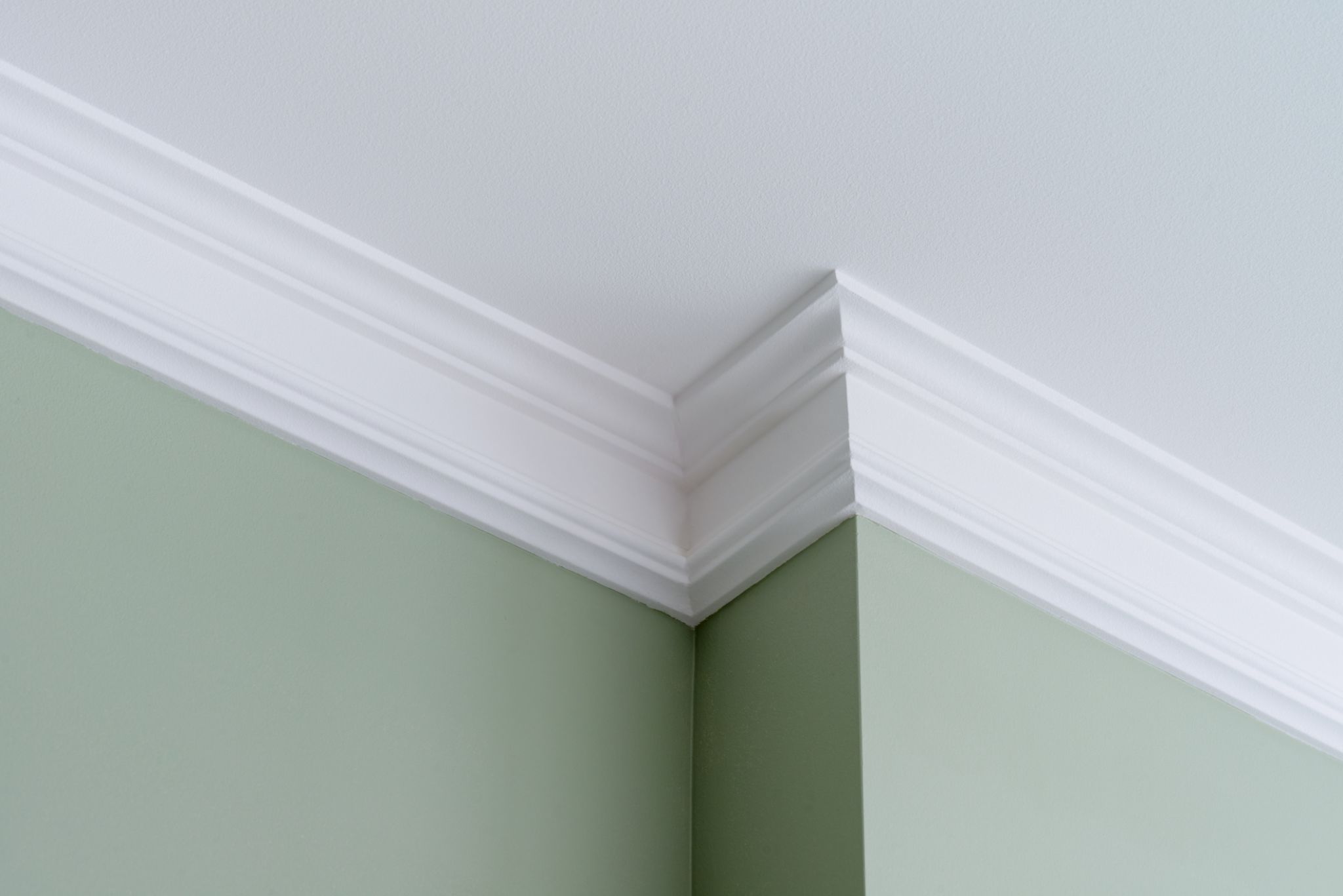Comprehensive Guide to Interior Trim Work in Western Australia
LB
Understanding Interior Trim Work
When it comes to enhancing the aesthetic appeal and functionality of a home's interior, trim work plays an essential role. In Western Australia, where architectural styles are diverse, interior trim can significantly impact the overall look and feel of a space. From skirting boards to crown molding, these elements add character and detail to any room.

Interior trim work encompasses various components, including baseboards, window casings, and chair rails. Each type of trim serves a specific purpose and can be customized to fit the design preferences of homeowners. Whether you're renovating an existing home or building a new one, understanding the basics of trim work can help you make informed decisions.
Types of Interior Trim
Baseboards
Baseboards are perhaps the most common type of interior trim. They are installed along the bottom of interior walls and serve both a decorative and protective function. Baseboards cover the joint between the wall surface and the floor, preventing damage from furniture and foot traffic.
Crown Molding
Crown molding is often used to cap walls, pilasters, and cabinets. This type of trim adds an elegant touch to any room, creating a smooth transition between walls and ceilings. Crown molding is available in various styles, from simple, clean lines to more elaborate designs.

Window and Door Casings
Window and door casings are trim elements that frame windows and doors. They serve to hide gaps between the wall and the window or door frames, offering a polished look. In Western Australia, where natural light is a prized feature in homes, well-designed casings can enhance the beauty of windows and doors.
Choosing the Right Materials
The choice of materials for interior trim work greatly influences both aesthetics and durability. Common materials include wood, MDF (medium-density fiberboard), and PVC. Each has its own advantages:
- Wood: Offers a classic and timeless look, perfect for traditional homes.
- MDF: Cost-effective and easy to work with; ideal for painted finishes.
- PVC: Highly durable and resistant to moisture, suitable for humid areas.

When selecting materials, consider both the style of your home and the environment in which you live. For instance, PVC is an excellent choice for areas prone to moisture, such as bathrooms and kitchens.
Installation Tips and Best Practices
Proper installation is crucial to achieving a professional look with interior trim work. Here are some tips to ensure success:
- Measure accurately: Precision is key when cutting trim pieces to fit perfectly.
- Use quality tools: Invest in good-quality saws and miter boxes for clean cuts.
- Nail securely: Use finishing nails and a nail gun for a secure fit without visible fasteners.
Additionally, it's important to fill any gaps or nail holes with wood filler or caulk before painting or staining. This step will enhance the appearance of the finished project.
Conclusion
Interior trim work is a vital aspect of home design that can transform ordinary spaces into extraordinary ones. In Western Australia, where diverse architectural styles abound, selecting the right trim elements and materials can make all the difference. By understanding the various types of trim and employing best practices during installation, homeowners can achieve a beautiful and cohesive look that enhances their living spaces.
